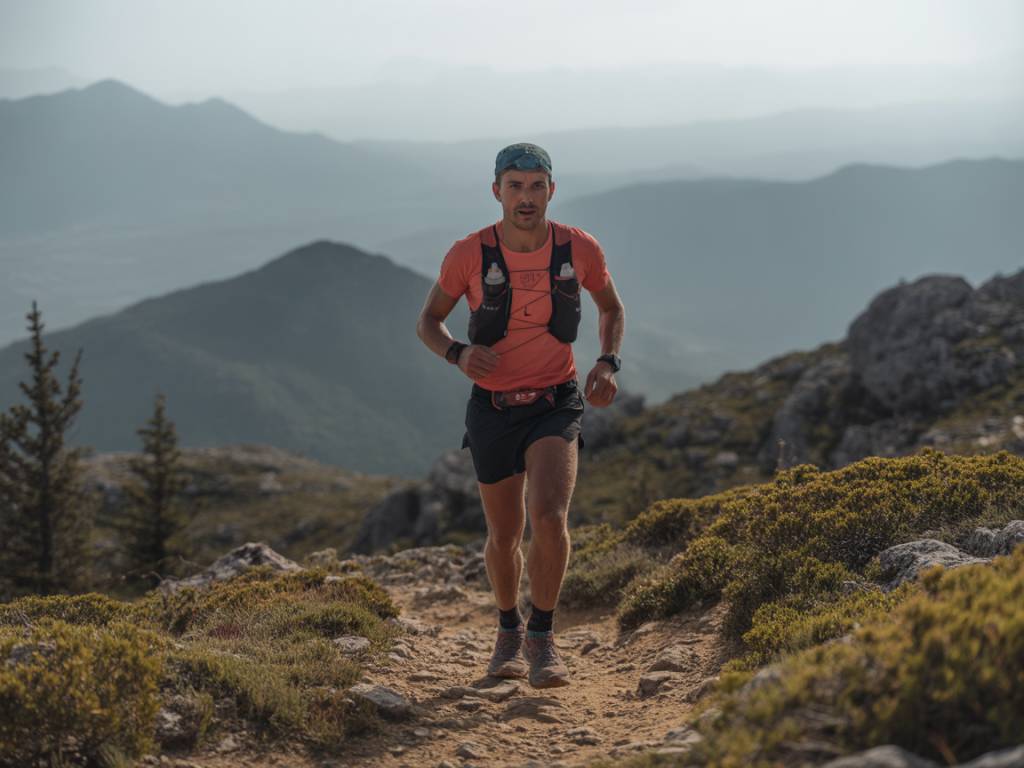Trail Running and Survival: Striking the Balance Between Performance and Preparedness
Trail running in extreme environments isn’t just a test of endurance—it’s a fusion of performance, resilience, and preparation. Whether you’re navigating alpine ridges, desert canyons, or dense backcountry forests, running off the beaten path exposes you to both breathtaking beauty and unpredictable danger.
For athletes and adventurers alike, the challenge is twofold: running efficiently while being prepared for emergencies. This dual focus isn’t optional—it’s essential. The further you stray from civilization, the more self-reliant you must become.
Why Combine Trail Running with Survival Skills?
At first glance, combining trail running and survival might seem excessive. After all, running is about speed and light gear, while survival often involves carrying more equipment. But that’s a misconception.
In harsh environments, a turned ankle, a sudden storm, or a navigational error can escalate rapidly. The deeper you go into wilderness terrain, the higher the stakes. Merging fast-and-light movement with basic preparedness could one day save your life—or someone else’s.
Additionally, trail runners often find themselves far from help. A survival-oriented mindset ensures you’re equipped for self-rescue, prolonging survival time while waiting for assistance or forging your way back to safety.
Essential Survival Gear for Trail Runners
The key to combining trail performance with preparation lies in smart gear selection. Every item must be lightweight, multi-purpose, and reliable. Below are items that should fit in most running vests or hydration packs without causing bulk or discomfort.
- Compact emergency bivy sack: Weighing less than 5 ounces, these heat-reflective shelters offer protection from wind, cold, and rain.
- Water purification tablets or a filter straw: Clean water may not always be nearby. Stay hydrated without carrying heavy bottles.
- Foldable knife or multi-tool: Useful for cutting bandages, fixing gear, or starting fire if necessary.
- Waterproof matches or a ferro rod: For fires in wet conditions—a must-have in wilderness terrain.
- Micro first aid kit: Antiseptic wipes, blister treatment, basic bandages. Customize it based on your route’s risks.
- Satellite communicator or beacon: For extended runs in remote zones, devices like the Garmin inReach Mini are lifesavers.
- Lightweight windbreaker or thermal layer: Even in warm climates, temperatures plummet fast at altitude or by night.
Quality over quantity is the mantra. Each item should serve multiple roles, be tested before use, and occupy as little space as possible.
Building Survival Awareness on the Trails
Equipment is crucial, but awareness often makes the biggest difference. Mental readiness separates the seasoned trail runner from the amateur. Ask yourself: Would I know what to do if I got lost, broke an ankle, or faced sudden weather shifts?
Before each run, assess the route with a survival lens:
- Know the terrain: Obtain topographic maps and check weather forecasts repeatedly. Understand elevation profiles, tree cover, and water sources.
- Navigation basics: Learn to use a compass and read natural cues. GPS watches are incredible tools, but batteries fail.
- Wildlife knowledge: Know what predators or venomous animals inhabit the area. Carry bear spray where relevant and understand snakebite management.
- Emergency signals: Three whistles, a triangle of rocks, or mirror flashes can help attract rescuers.
Experienced trail runners practice these scenarios deliberately—just like interval training, survival thinking is a skill built through repetition.
Training Your Body and Mind for Dual Demands
Trail running over extreme terrain already puts your body under significant stress. Layering survival preparedness on top can seem daunting, but it’s about optimizing—not sacrificing—your performance.
Here’s how you can condition both body and mindset:
- Cross-train with weight: Run occasionally with a loaded vest or pack to simulate real gear weight on race day or remote outings.
- Incorporate navigation runs: Challenge yourself with orienteering courses or off-trail runs using just a map and compass.
- Practice “what-if” drills: On long solo runs, simulate a scenario—like a twisted ankle or lost direction—and mentally rehearse your response.
- Work on breathing and mindfulness: Stress profoundly affects decision-making. Long climbs and adverse conditions are perfect for building mental resilience.
Ultimately, the goal is autonomy. You should feel comfortable handling yourself, even under duress, in wild and unpredictable places.
When Extreme Becomes Routine: Managing Risks on Multi-Day Adventures
A new breed of athlete is emerging—those blurring the line between endurance racing and expedition survivalism. Multi-day trail runs, fastpacking trips, and unsupported traverses require an optimized approach that brings together logistics, physical preparedness, and risk management.
For longer outings, consider augmenting your kit with:
- Ultralight shelter: A one-person tarp, tent, or hammock system adds comfort and safety.
- Backup food packs: Freeze-dried meals or high-calorie bars are critical in emergencies.
- Backup batteries or solar charger: Especially for GPS, headlamps, or communication devices.
You may not move as fast as during a race, but speed isn’t the only factor out here. Sustainability, safety, and strategic decision-making matter more when you’re deep in nature for days on end.
Mindset: The Ultimate Survival Tool
No matter how dialed-in your gear system is or how many miles you’ve logged, your most valuable asset is your mindset. A trail runner who panics in the face of adversity will burn precious energy, make poor decisions, and place themselves at higher risk. A calm, adaptive runner—prepared with knowledge and essential tools—can turn even the worst scenario into a manageable challenge.
Resilience isn’t built overnight. It grows with every exposed ridge crossed, every storm weathered, and every challenge accepted head-on. Trail running, at its core, is about pushing yourself against the limits of what’s comfortable. The wilderness doesn’t care about your PR. But it rewards those who respect its enormity and plan for its unpredictability.
So lace up. Pack smart. Train harder. Run free. And be ready for whatever the trail throws your way.
